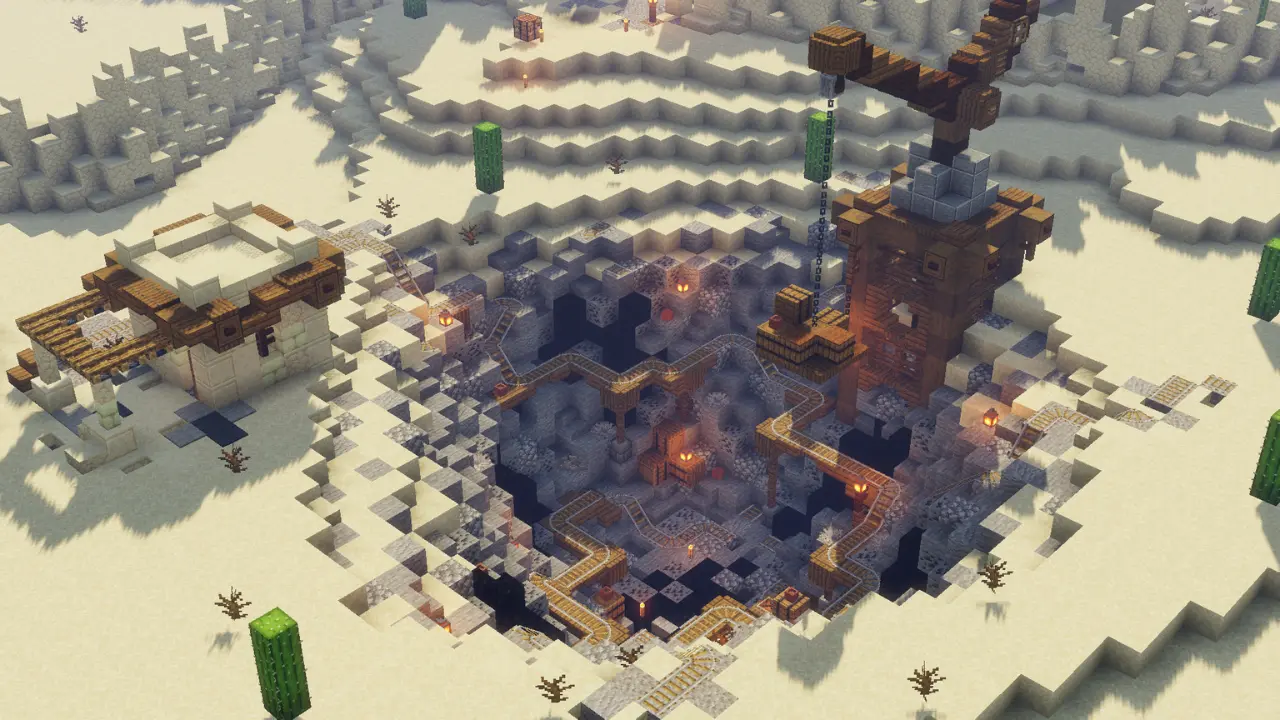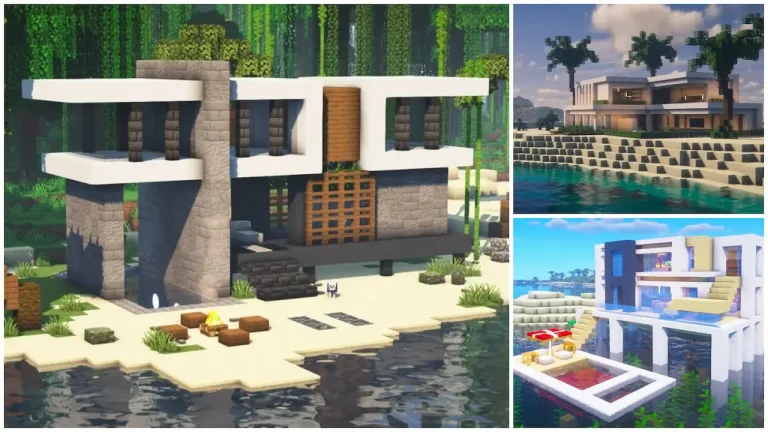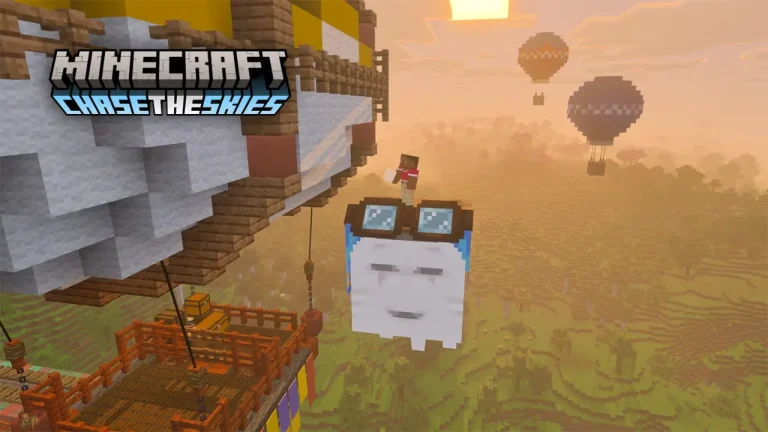Mining is kind of the whole point. It’s right there in the name. But there’s a big difference between stumbling into a cave and coming home with 64 diamonds, and well, digging until your pickaxe breaks and you forget why you started.
This guide focuses on how to mine smart — efficiently, safely, and in a way that turns your time underground into a mountain of valuable resources.
Choose your mining level based on what you want
Different ores spawn in different layers of the world, especially since Minecraft 1.18 changed ore generation.
Here’s where to dig depending on your goal:
- Iron – Y level 15 or anywhere inside mountain biomes
- Coal – Y 95 and above (mountains are best)
- Gold – Y -16 to -64, more common in badlands
- Redstone – Y -59
- Lapis – Around Y 0, but also appears in random blobs
- Diamonds – Best at Y -59
- Ancient Debris (Netherite) – Y 15 in the Nether
Don’t mine randomly. Pick a layer, commit to it, and be consistent.
Set up a real mine, not just a hole
Start at your base or close to it, and build a proper mineshaft entrance. A staircase is usually best — it’s fast, safe, and gives you space to return quickly.
Recommended layout:
- 2-wide staircase down to your target level
- Torches every 6–8 blocks
- Optional side alcoves for future expansion
Add signs or item frames to mark layers or directions. You’ll thank yourself later.
Use branch mining, not spaghetti mining
Once you’re at the right depth, use the branch mining method:
- Create a central hallway, 2 blocks high and at least 30 blocks long
- Dig side tunnels (branches) every 2 blocks
- Each branch should be about 20 blocks deep
This way, you see the most blocks possible with the least digging. It’s clean, efficient, and highly effective for diamond hunting.
Bring the right tools and supplies
Your inventory should be balanced between digging gear and survival gear.
Suggested loadout:
- 3+ pickaxes (at least one iron or better)
- Food stack
- Water bucket (for lava)
- Torches (lots)
- Shovel (for gravel and dirt)
- Crafting table
- Furnace or blast furnace
- Chest (to store overflow while mining)
Optional but helpful:
- Silk Touch or Fortune pickaxe
- Ender chest or Shulker box for secure loot storage
Tips for safe and efficient mining
- Never dig straight down. Lava and cave falls are real threats.
- Use sound cues. Lava makes a bubbling noise, mobs make growls or footsteps.
- Carry a clock if you’re underground for long periods (Bedrock players especially).
- Light everything. If you can’t see the floor, neither can your enemies — until they’re in your face.
Build a hub as you go
If you’re going to be mining for a while, carve out a small mining hub underground.
Features you might include:
- A mini smelting station
- Extra tools and food in chests
- Bed (for spawn point)
- Trash hole for unwanted blocks (gravel, excess cobble)
Mining doesn’t have to be temporary. Turn your shaft into a proper outpost.
When to quit (and when to keep going)
Mining burnout is real. If you’re not finding anything after 10–15 minutes, it might be worth switching layers, directions, or just calling it for the session.
On the flip side, if you’re on a hot streak, stay prepared — full inventory? Drop a chest and mark the coordinates.
Every pro miner knows when to push and when to stash the goods.






